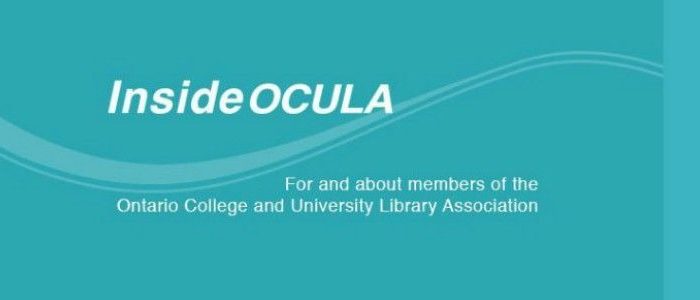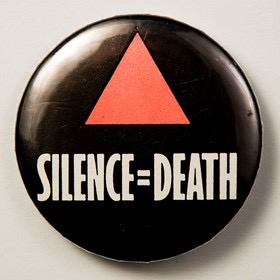
On the fringe? Librarians and academic program reviews
By Lynne Bowker
In Ontario, quality assurance of academic programs has gained prominence recently. Programs at public universities must be reviewed every eight years, and there is a focus on continuous improvement and on ensuring that students meet program objectives. Yet while the emphasis on program enhancement has increased, the academic librarian’s role has not. Librarians have long reported feeling marginalized by faculty when it comes to participating in program reviews, but most studies are based on indirect evidence, such as librarians’ perceptions as reported in interviews or surveys. Is there concrete evidence to support these impressions?
From perception to reality
Using a corpus-based approach, we examined six key documents produced as part of the institutional quality assurance process for 10 University of Ottawa graduate program reviews conducted between 2011 and 2016:
- Self-study prepared by the academic program (i.e., faculty, staff, students)
- Library report prepared by an academic librarian and included as an appendix to the self-study
- Itinerary for the site visit by external reviewers
- Reviewers’ report prepared by external faculty who are disciplinary experts
- Academic program’s response to the reviewers’ report
- Final assessment report produced by the university’s Graduate Program Evaluation Committee and submitted to the Ontario Universities Council on Quality Assurance
For documents in categories 1, 4, 5 and 6, we calculated the percentage that discussed library-related issues. In all cases, for categories 1, 4 and 5, this amounts to less than 1% and consists mainly of comments about the library’s physical resources. For documents in category 6, there is no mention of the library whatsoever. The library reports (category 2) provide a richer description of both physical resources and library services, but these are always relegated to an appendix and the content is not integrated into the main body. For the site visit itineraries (category 3), seven include a library tour but only half include a meeting with a librarian.
Fade to black?
Globally, these data reveal a trend of diminishing visibility for the library throughout the review process. While all self-studies make at least some mention library-related issues and append a library report, just 70% of the itineraries include a library tour or meeting with a librarian, and only 80% of the reviewers’ reports comment on the library. Meanwhile, just 30% of the program responses address library-related topics. Finally, there is no mention of libraries in the final assessment reports.

Reviewers had both offered enthusiastic praise of some library services, and made some specific recommendations for extending and raising the visibility of these services. However, instead of the library’s visibility being raised, the opposite happens: throughout the academic program review, librarians and libraries gradually move from being appendages early in the process to becoming invisible by its end. What can be done about this?
Pushing against the margins
Based on the findings, best practices, and missed opportunities identified through this study, we make five recommendations to help faculty and academic librarians work together to present a more comprehensive and accurate description of library support for graduate programs, and to maintain an ongoing dialogue about continuous program improvement. We also note that departmental or program directors are well-positioned to help champion a more prominent role for librarians in program reviews, such as by ensuring that all participants have a common understanding of the markers of success for the library during a program review. The following recommendations were initially shared with three university librarians, who offered support, as well as refinements.
- Include a librarian on the team developing the self-study.
- Incorporate discussions of library resources and services throughout the self-study.
- Ensure that site visits include a meeting with a librarian.
- Include a librarian as a resource person on the program review committee.
- Share the results of the program review with librarians.
A virtuous cycle of collaboration between faculty and librarians will benefit all program stakeholders and will help librarians become full partners in the research and teaching enterprise. It may even produce a ripple effect generating additional benefits for relations between faculty and librarians.
The results of this study confirm that librarians are not meaningfully involved in program reviews, which represents a missed opportunity for universities to put their best foot forward. This investigation was limited to ten graduate programs at one institution; however, they are managed by three different faculties (Health Sciences, Medicine, and Management), each with its own distinct culture, and the patterns observed cross all three. We hope the results and recommendations will advance the discussion about the contributions of academic librarians to academic program reviews.
Acknowledgements
This study was funded by a 2016 Canadian Health Libraries Association Research Grant and an Insight Grant (435-2017-0075) from the Social Sciences and Humanities Research Council of Canada. Thanks to University of Ottawa librarians Mish Boutet, Tony Horava and Lindsey Sikora for valuable feedback. To learn more, see: Towards a more meaningful involvement of librarians in academic program reviews.
Lynne Bowker is a Full Professor at the School of Information Studies at the University of Ottawa. She can be reached at lbowker [at] uottawa.ca.


